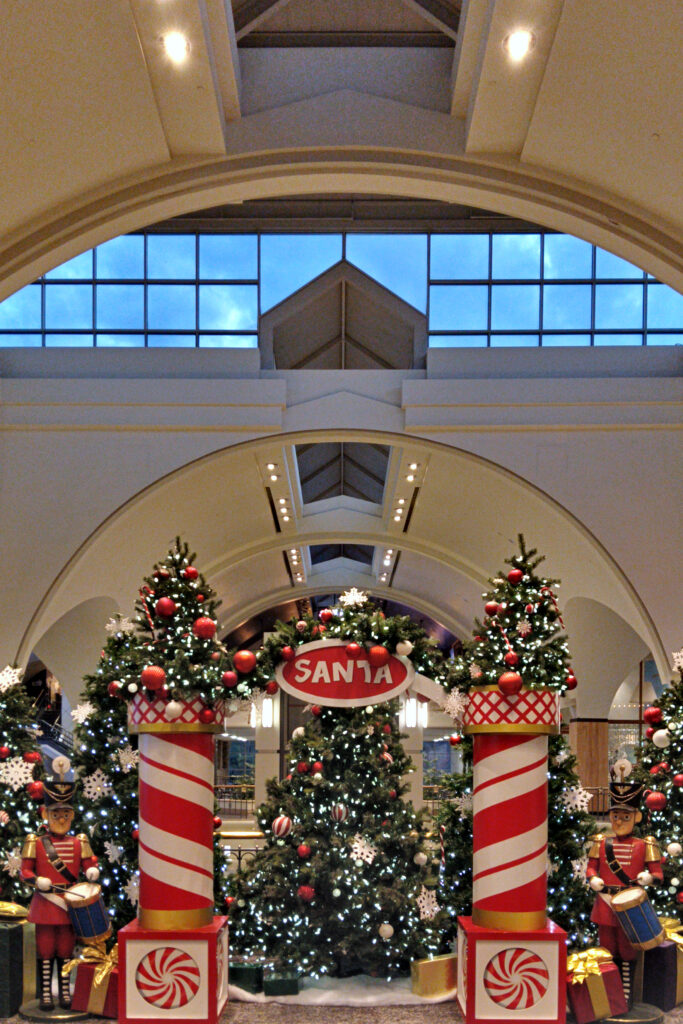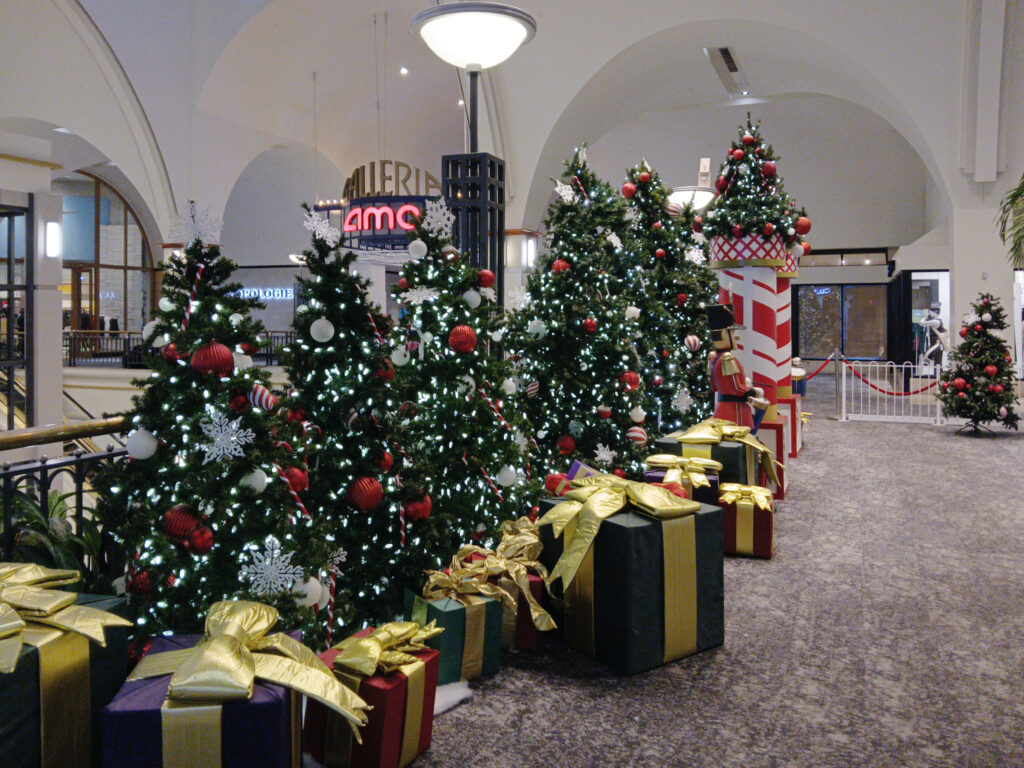
This fairy-tale palace on Ralston Place preserves most of its charming original details. You will notice right away the most outrageously tall and pointy front gable in the tri-state area (cleverly echoed to give more of an illusion of depth), but after that pause to appreciate the original windows, seldom preserved in apartment buildings of this age, and carefully chosen to balance the other details of the building.

We have some reason to suspect that the plans came from the office of architect Charles Geisler, prolific producer of small and medium-sized apartment buildings in Dormont and Mount Lebanon, as well as Squirrel Hill and elsewhere. If old Pa Pitt finds more specific documentation, he will confirm or revise this attribution.






















































